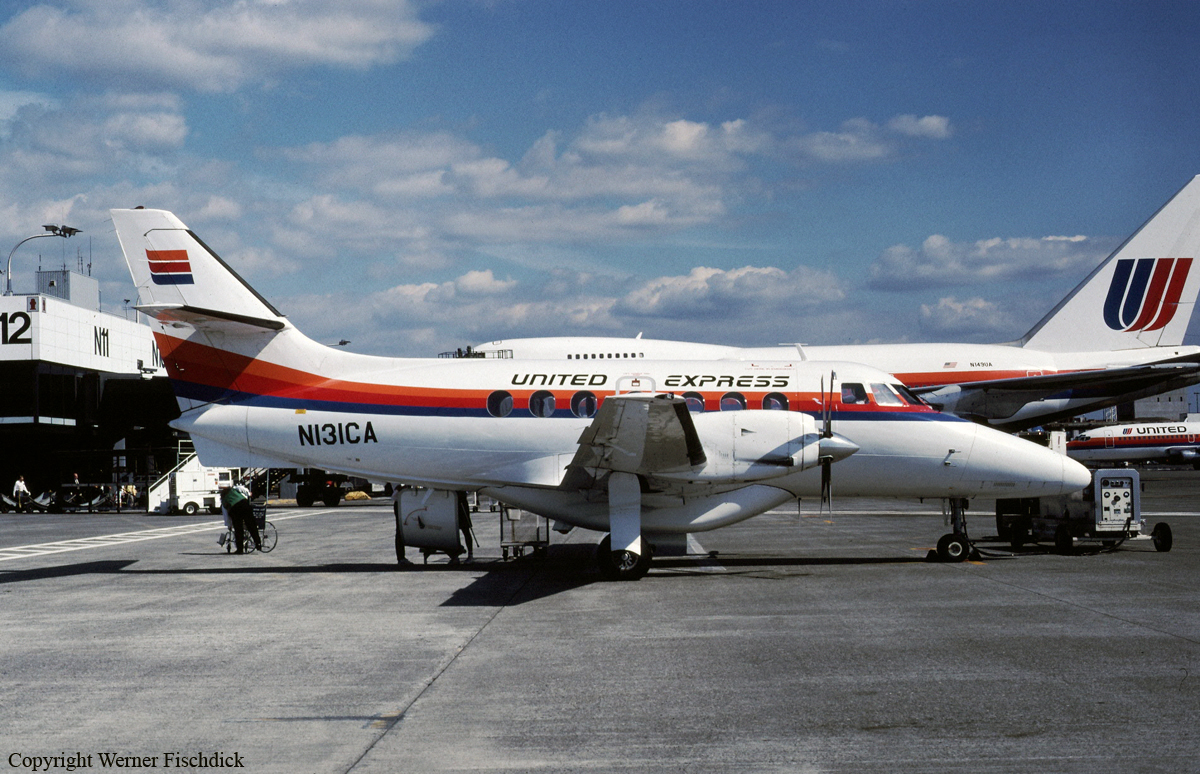Crash of a Piper PA-31-350 Navajo Chieftain in Frazier Park: 1 killed
Date & Time:
Mar 3, 1994 at 2346 LT
Registration:
N78DE
Survivors:
No
Schedule:
Burbank - Oakland
MSN:
31-7852087
YOM:
1978
Crew on board:
1
Crew fatalities:
Pax on board:
0
Pax fatalities:
Other fatalities:
Total fatalities:
1
Captain / Total hours on type:
135.00
Aircraft flight hours:
9136
Circumstances:
The pilot elected not to use the stored instrument flight plan, and he departed with a special VFR clearance. The flight was being followed by radar. After reaching visual flight conditions, the pilot proceeded toward his intended destination and climbed to 8,500 feet. Minimum safe altitude warning service was available, but not requested by the pilot. A review of radar data indicates that the airplane's track remained almost constant at 300° with a 160-knot ground speed. The last radar hit on the airplane occurred about 0.3 miles from where the airplane cruised into 8,500 foot msl terrain while still tracking along a northwesterly course. The accident occurred in dark, night time conditions.
Probable cause:
The pilot's failure to select a cruise altitude which would ensure adequate terrain clearance. Contributing factors related to the dark, nighttime condition and to the pilot's lack of attentiveness.
Final Report:








